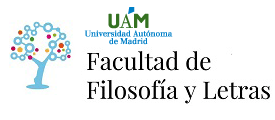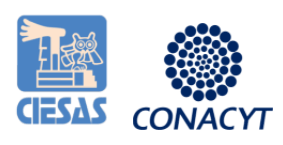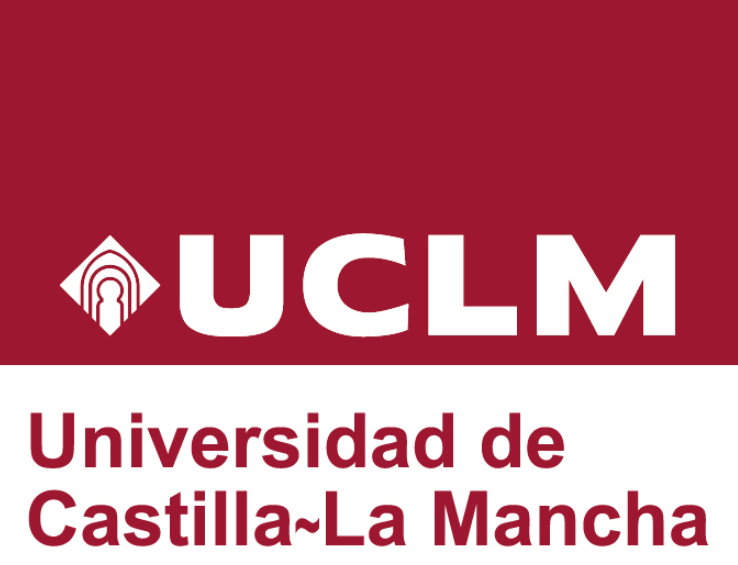A Performative Heritage. New Meanings and Values for Ethnographic Objects through Reflective Participation and Collaborative Appropriations
Over the last decade, notwithstanding a temporary closure to the public, the Museum of Anthropology and Ethnography at the University of Turin (Italy) has been experiencing an unprecedented commitment to diversity, cultural access, participation, and interpretation. Several projects document how it progressively moved from being a monologic institution, mainly devoted to academic research and scientific dissemination, to being a shared multidisciplinary space including many voices and multiple perspectives on current issues. Furthermore, a need to improve its capacity to reach outwards led the Museum to explore connections between heritage work and the life experiences of different groups of audiences, thus strengthening the social bonds with the locality it serves, while gaining a wider visibility even at national and international levels. The paper will focus on two co-creation practices developed within the participatory projects “Tongue to Tongue. A Collaborative Exhibition” (2008-2009) and “The Art of Making the Difference” (1st edition, 2012). Being inspired by objects belonging to the Museum’s Central American collections, participants respectively produced, through collaborative processes of empowerment, a biographical installation within a non-hierarchical exhibition, made accessible by a dialogical narrative tour, and a contemporary artwork. Drawing on the performativity of heritage – conceived as its character of reconfiguring systems of meanings by developing new, relational, and creative practices – these cultural appropriations of ethnographic pieces not only unravelled their density and opened up unpredictable paths to knowledge, but also triggered a self-reflexive approach to the Museum’s institutional culture and authority.
(*)El autor o autora no ha asociado ningún archivo a este artículo









